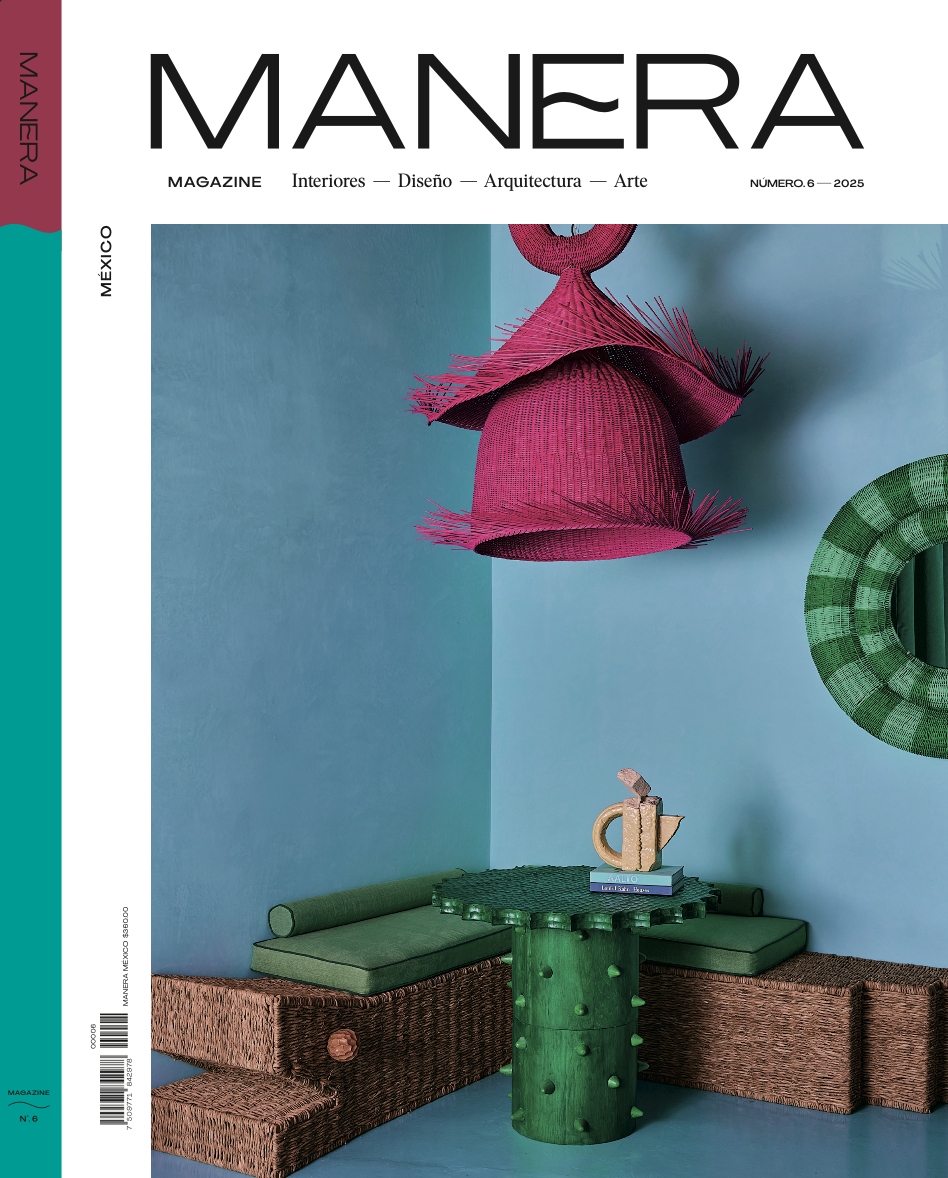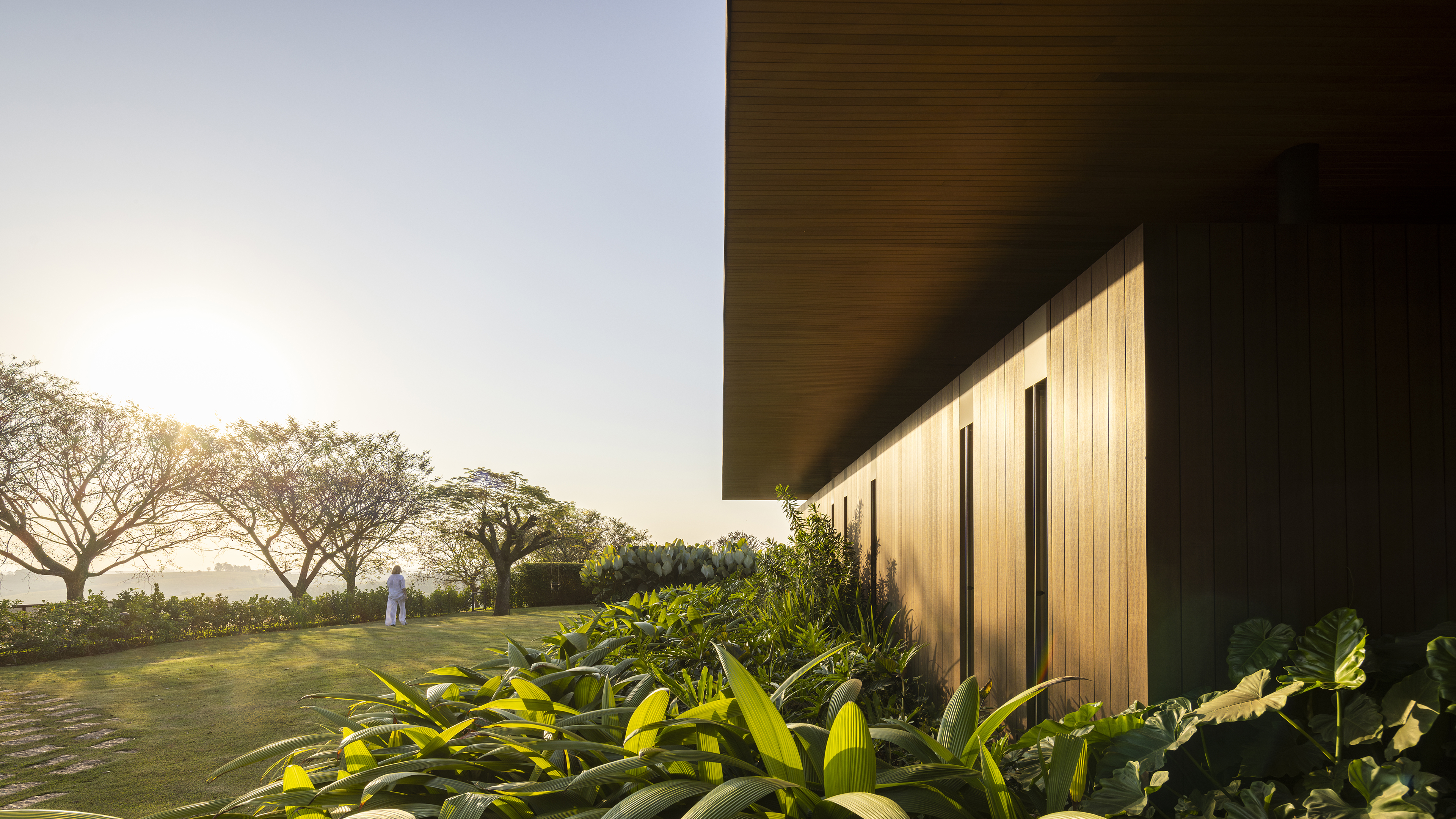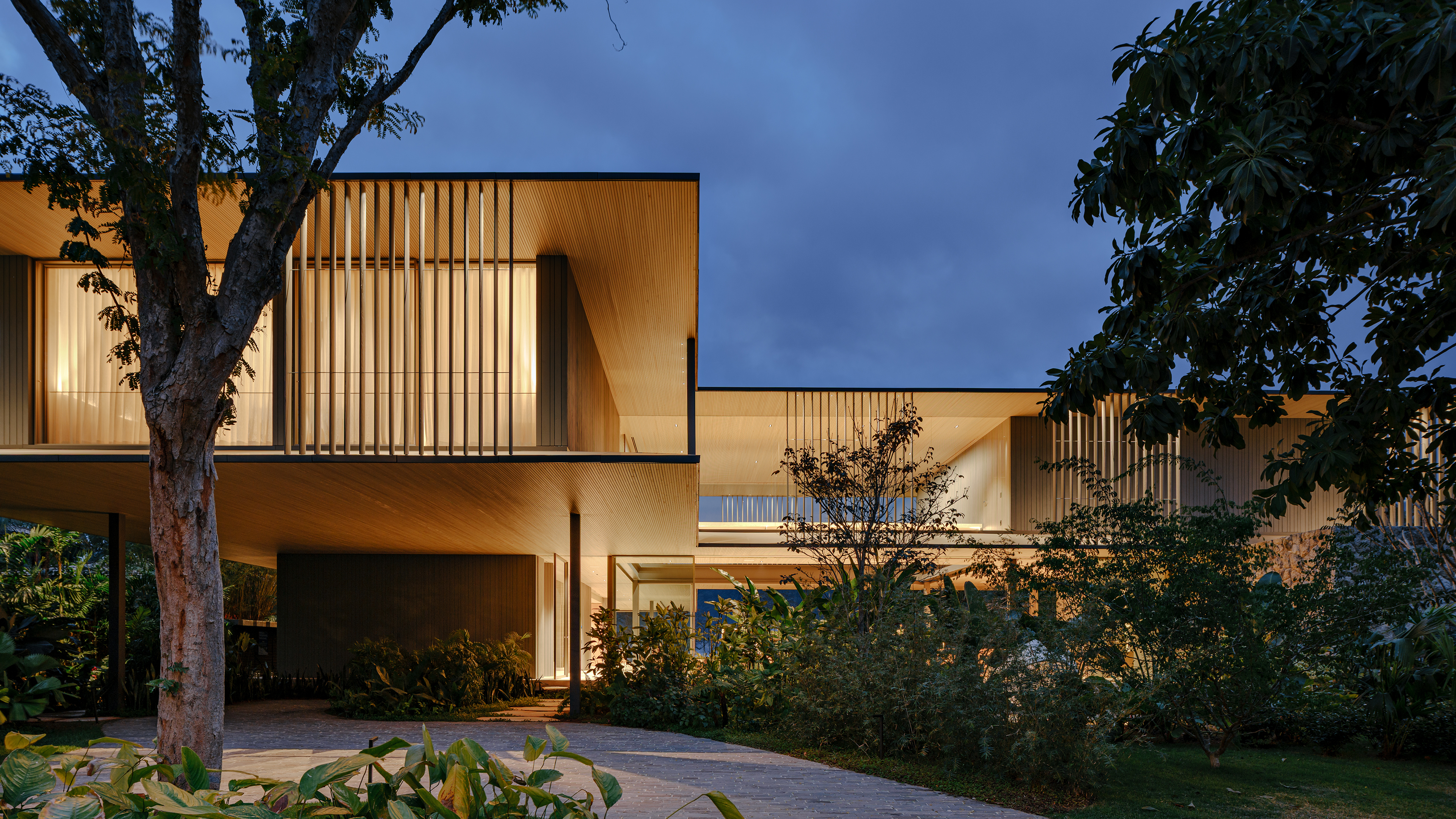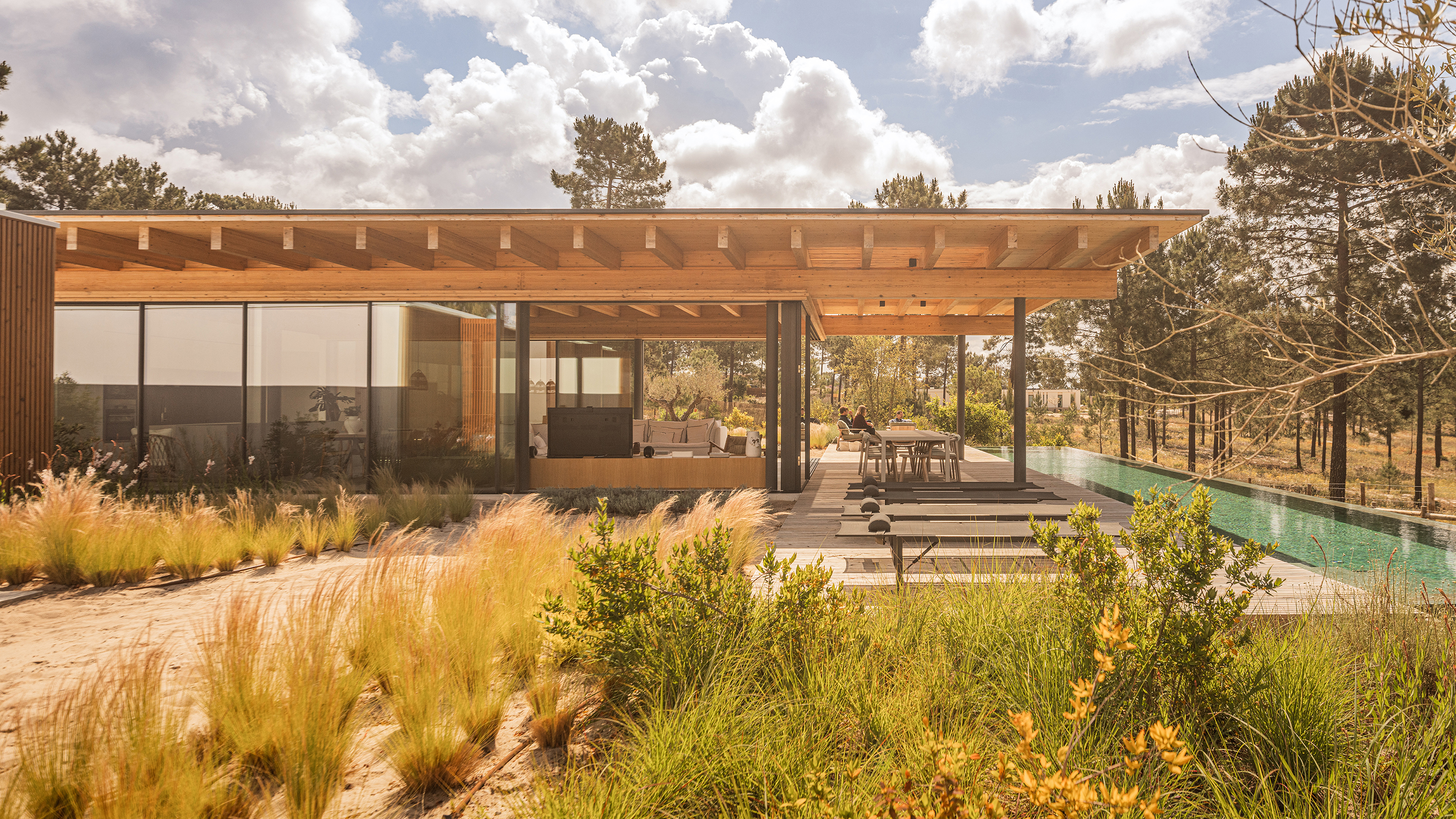Jacobsen is a Brazilian architecture studio and interior design office born in Rio de Janeiro. As a premise and as project methodology, we propose the integration between the built environment and its natural context. We do not start from pre-conceived forms, but create solutions derived from the dialogue between architecture and nature, considering the active contribution of its customers’ wishes. To this end, it is important to explore the possibilities of using natural materials, spatially interpreting the concepts of transparency, lightness and fluidity to constitute a contemporary aesthetic language. With international operations the offices are located at the cities of São Paulo, Rio de Janeiro and Lisbon.
Featured projects
Latest publication

News
Contact
Let’s talk about your ideas? Get in touch with one of our offices in São Paulo, Rio de Janeiro and Lisbon.







